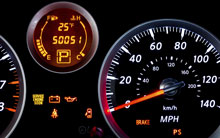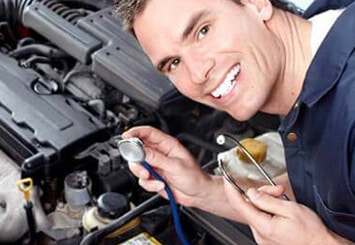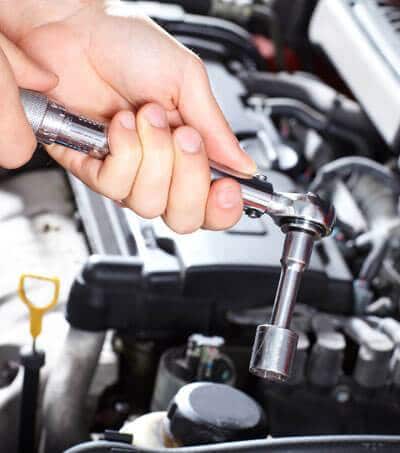


Some of us are old enough to remember the pre-1981 vehicles, which weren’t equipped with on-board diagnostic systems. Much has changed and now we can learn about problems before they ruin our ride!
Cars born before 1981 would indicate a malfunction usually through one of four “idiot” lights, which would tell us that our car had lost oil pressure, over-heated, stopped charging the battery, or lost brake pressure. The problem with these lights is that they usually came on after the damage was already done due to their simplistic sensor systems.
Also, these sensors and systems didn’t give a hoot what was coming out of our tailpipes as far as pollution was concerned. That changed in 1981 when new regulations came out requiring catalytic converters for all domestic passenger vehicles.

It was taken a step further in 1996 when automakers were required to upgrade their vehicles to a sophisticated system consisting of central processing units (CPU), sensors, actuators and valves known as OBD II (On-Board Diagnostics). When a problem with the vehicle’s engine, transmission, emission system or any of the myriad of sensors monitoring the aforementioned systems occurs, a code is stored in the computer and the “engine light” is illuminated to alert the driver.
As you may know, almost everyone (including the manufacturers who should know better) refers to the light as “the engine light”. This is one of those situations where one of the first manufacturers to equip their vehicles with on-board diagnostic (OBD II) systems called it an engine light, and now it’s the generic name for lights of that nature.
A few manufacturers did refer to it more accurately by calling it the Malfunction Indicator Light (MIL), since it true purpose is to indicate a malfunction in the systems the computer monitors, but not many.
The problem causing the light to come on could very well be a transmission fault. A technician would perform a scan to retrieve the trouble code from the computer and then cross-reference it to determine what area is at fault.
Where most technicians make an error, is to find a transmission-related trouble code in the computer, and then assume that it merely needs a flush, service, or “magic potion” poured into it to correct the problem. Fluids or aftermarket additives cannot fix worn clutch plates, broken gears or defective solenoids… only replacing them can.
When your vehicle has a transmission-related fault code in the computer, let us remove the pan for a visual inspection. If there is excessive metal on the magnet and/or the fluid is burnt, the transmission is going to need to come out.

If your engine light is on, please contact your local Mister Transmission and book an appointment for our FREE 21-Point Multi-Check Inspection which includes removing the pan on your transmission.




The evolution of transmissions has made these machines and systems increasingly complex. When transmission repairs are required, determining the cause and cure for what ails can be tricky.
Read More
At Mister Transmission we have access to leading-edge diagnostic equipment, enabling us to offer you the fastest and most accurate findings about what’s going on inside your vehicle’s transmission.
Read More
Just as you have other parts of your car serviced, your transmission needs maintenance to ensure a long life and avoid transmission problems.
Read More